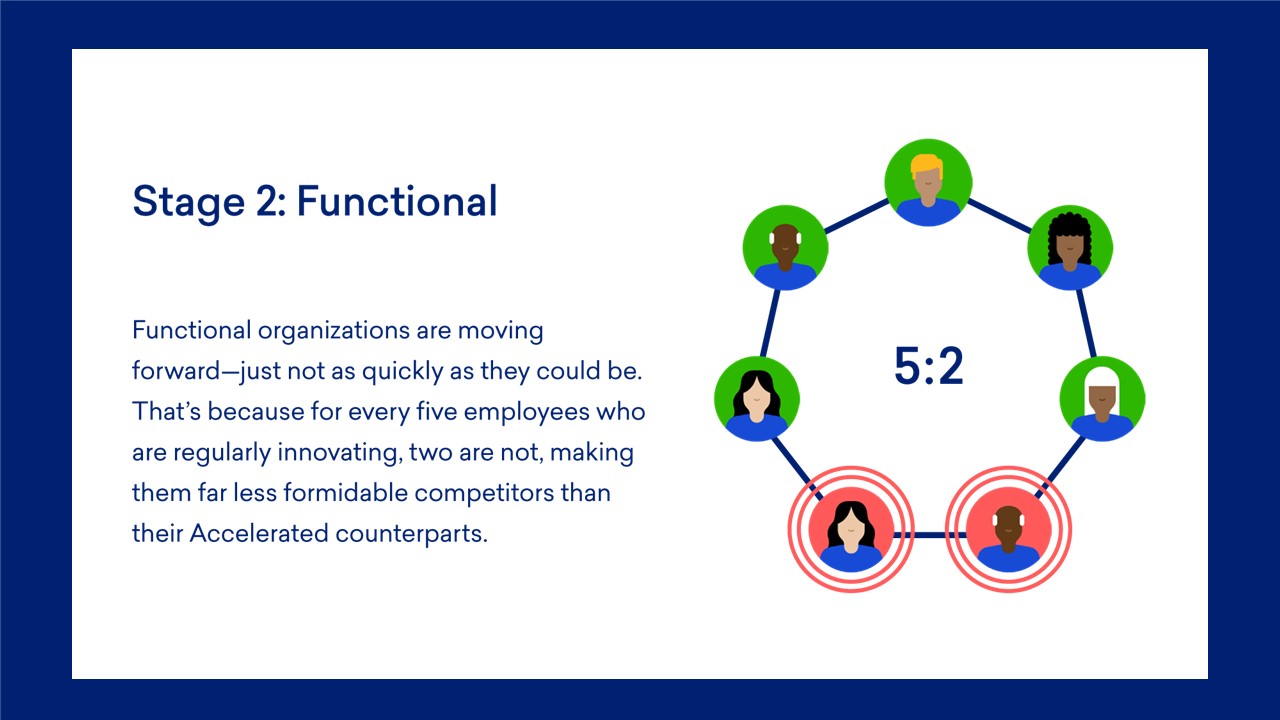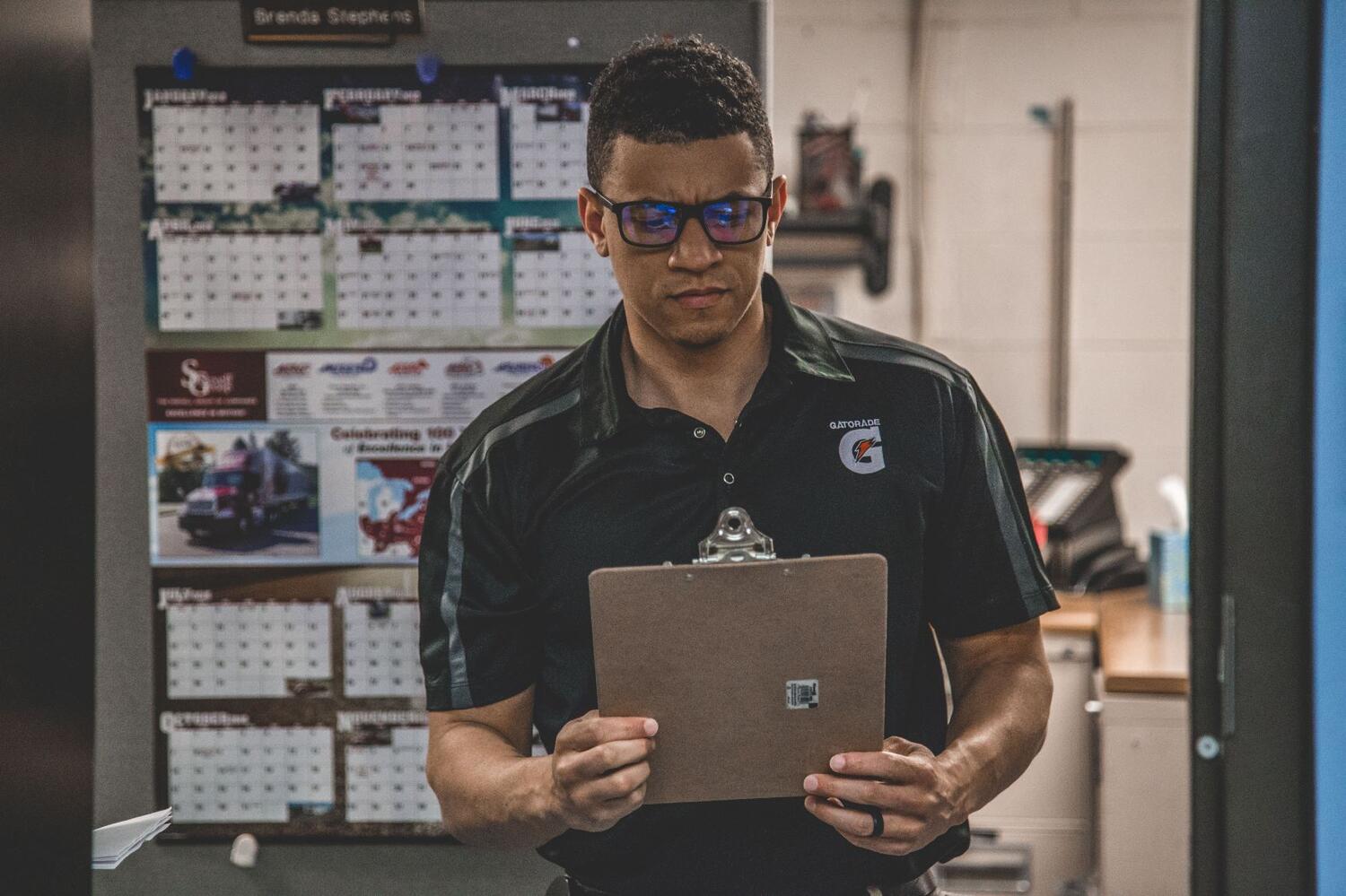
Leadership & Management, Managers
Professional services firm Plante Moran surprised me during a business meeting a few years ago.
It wasn’t what their top executive at the time, Gordon Krater, said during the session. It was what he did during the lunch break.
Gordon stood up, opened the food containers, and set the table for all of us, who were gathered to talk about Plante Moran’s workplace culture.
During my 10 years as a management consultant, I’ve rarely seen the senior-most executive play such a servant role to their team. And nearly as remarkable to me was the way the rest of Gordon’s executive team responded to his humble behavior. They took it in stride, as if it were no big deal.
During this lunch break, and throughout the entire meeting of the team, hierarchical status simply didn’t color people’s interactions with each other.
It turns out my observations were consistent with the data. Plante Moran ranks among the highest companies on the Great Place To Work® Executive Team Effectiveness Index.
Other organizations seeking to improve their cultures, and their bottom lines, would be wise to learn from Plante Moran and its peers when it comes to executive leadership excellence.
After all, our research shows that companies that score in the top quartile of executive team effectiveness enjoy 5 times the median year-over-year revenue growth, compared with Certified companies in the bottom quartile.
What determines the effectiveness of executive teams?
Executive team effectiveness is determined by four areas measured in Great Place To Work’s leadership effectiveness index. Executive teams’ success is measured by how much management:
- Aligns their words and actions
- Avoids favoritism
- Demonstrates competency, honesty and approachability
- Shows genuine interest in employees as people
You can get your team’s leadership effectiveness index with our culture management tool.
Our research into hundreds of companies shows that the most effective leadership teams are more than a collection of individual top performers in areas like strategic planning and operational excellence. Instead, they are strongly aligned and show up as a unified “team” to everyone in the organization.
Both our research, and my experience with clients over the years, shows that within highly effective executive teams, all members have high levels of professional respect for each other and truly believe in each other’s competency. They are honest, ethical and transparent with each other and with the rest of the organization.
When executive teams disagree, they know how to have constructive discussions to find solutions that put organizational interests before personal interests.They intentionally work through their differences of opinion based on the foundation of trust and respect they have built.
As a result, employees experience good coordination from the top. These leaders’ actions match their words, and their staff receive consistent instructions and guidance from each executive.
The transparency and clarity create a workplace where politicking and backstabbing are not welcome and people know what it takes to be successful in their roles and how they fit into the success of the organization.
5 key elements of highly effective executive teams
1. They are not strangers to their employees
Employees know who the executives are because they are continually visible through the organization. They are intentional about creating spaces to connect with all levels within their department, and across departments. The executives know many or most people by their first name.
At Fortune 100 Best Companies, many CEOs and top executives conduct “roadshows” at least once a year. That is, they travel across the country to visit all locations and talk to their frontline folks, because they genuinely value the input from every single person delivering their brand promise.
2. They are accessible and approachable
Take the simple example of elevator rides. If you share an elevator with an accessible and approachable executive, there is no sense of nervousness. They will greet you and take the opportunity to chat with you as a regular person does.
3. They understand that people are not only motivated by a sales target or a profit margin
These leaders get the importance of a higher purpose. They continually connect the special purpose and meaning that everyone’s contribution has to the mission of the organization. The impact of this connection is exemplified by a comment from a Plante Moran employee:
We just had our annual firm conference which is open (and encouraged) for all staff to attend… During Gordon's ‘farewell’ speech, he asked all of the non-practice staff – essentially administrative, marketing, tech, and internal accounting staff – to stand. He had us stand for several minutes while he talked about the value that group of people brings to the firm, and that the CPAs wouldn't be able to do their jobs without the group standing. He understands, and that mentality is being passed from literally the top down!
4. Their feedback is constructive and frequent
The best leadership teams do not shy away from difficult conversations. In fact, they can turn cultures of “niceness” into cultures of high-performance. In all companies, leaders need to make difficult decisions, give bad news, or convey difficult feedback to people they value.
Highly effective executive leadership teams, though, do it in a trust-building way – where they respect the person and their dignity. These conversations, in turn, set the standard for acceptable ways of giving and receiving feedback throughout the organization.
5. They genuinely care
Executives deliver meaningful feedback and listen to their frontline people because they genuinely care about everyone’s success in the organization. They are approachable because they genuinely care about people as human beings, not just as employees.
Gordon Krater retired a few months after the meeting I described above. After a careful planning process, Jim Proppe, a Plante Moran executive, was chosen as Gordon’s successor.
When I visited them again in 2018, the leadership team’s egalitarian, transparent way of working together felt the same. In fact, their scores on executive leadership effectiveness had remained steady. The staff knew Jim and often commented on how much they respected him. This is no small achievement.
Our research shows that a new CEO is a significant cultural challenge, even for the Fortune 100 Best Companies to Work For®. In some cases, Best Companies with a new CEO have fallen 10 ranking spots or more.
But on the strength of its executive team effectiveness, Plante Moran’s ranking on the 100 Best list went from 51st to 20th in the year following the CEO transition. Plante Moran hold steady on the 100 Best list and in their most recent survey of employees – in 2020 – a remarkable 93% of employees reported a positive experience with the same leadership behaviors mentioned above.
Plante Moran is a living example of the resilience and continuity built by a highly effective executive team. And they are reaping the business benefits of this leadership team excellence: In the last 20 years, the firm has more than tripled its staff, increased revenue by more than 500 percent, and expanded to 20 offices throughout Michigan, Illinois, and Ohio, along with international locations in Mexico and Asia.
Want to measure the effectiveness of your executive leadership?
If you want to get clear insight on how employees are experiencing your executive team, we are here to help. Reach out to us about how our survey and culture management platform can help you measure your team’s effectiveness.
If you see these characteristics in your executive team, Great Place To Work wants to know more about your company! You might have what it takes to get Great Place To Work-Certified™.










